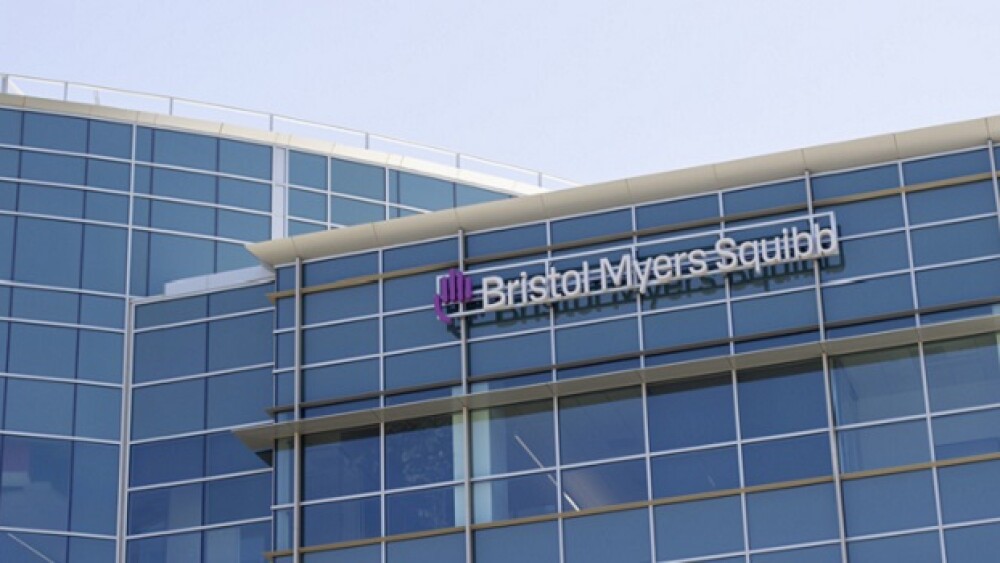Despite a $400 million impairment charge, analysts say the removal of a drug-device combo from its portfolio is not a huge loss for Vertex given that the company has a more advanced type 1 diabetes candidate in zimislecel.
Vertex Pharmaceuticals is discontinuing a buzzy diabetes therapy and with it, taking a $400 million impairment charge. The drug-device combo was part of the company’s diabetes portfolio that has been making waves in recent years with data suggesting that it could help patients with type 1 diabetes (T1D) one day produce insulin on their own.
But VX-264, a pancreatic islet cell therapy encapsulated in Vertex’s proprietary immunoprotective device, did not make the cut, according to Vertex’s Friday after-market release. At a 90-day analysis in a Phase I/II trial, the combo met the safety endpoint but did not meet the efficacy bar of increases in peak C-peptide, a marker of insulin production, sufficient to deliver benefit.
As a result, VX-264 will be discontinued. But Vertex already had a more advanced candidate in the ring with zimislecel, previously known as VX-880, which is essentially the islet cell therapy without the device, given along with standard immunosuppression.
Zimislecel had always been the star of Vertex’s fledgling diabetes portfolio, so analysts shrugged at the discontinuation of VX-264. The program was, however, supposed to mitigate the use of standard immunosuppression.
“While the news is unexpected, this was not really in anyone’s expectations and was more of an off the radar upside catalyst if positive,” Jefferies wrote on Friday evening. The data suggest that the device itself was safe but simply did not allow enough islet cells out to be effective, the firm added.
BMO Capital Markets said it’s “back to the drawing board” for the cell-device program, calling the news a “modestly negative update.”
Vertex still wants to crack the immune-suppressant requirement and is conducting research to find a solution. Investigations so far include alternative immune-suppressant regimens, gene-edited hypoimmune stem-cell derived islet cell therapies and novel devices that could encapsulate the islet cells for delivery. The company has not provided a timeline for when such programs may enter the clinic, analysts from Leerink Partners noted.
“Today’s data show that more work needs to be done to advance the ‘cells plus device’ program, and we are committed to doing so,” Carmen Bozic, chief medical officer at Vertex, said in a statement.
Luckily for Vertex, all eyes are on the high-profile launches of new non-opioid pain medicine Journavx and cystic fibrosis triple therapy Alyftrek, which recently received FDA nods.
Vertex’s shares were volatile over the weekend, as predicted by BMO’s team, dropping just under 3% as the markets opened Monday to $479.35 apiece.
Analysts Eye Zimislecel
Along with the discontinuation news, Vertex provided an update on the zimislecel program, which is now in Phase III as part of a multi-phase trial in patients with T1D who experience severe hypoglycemic events. Vertex expects to wrap enrollment and dosing in the first half of this year, followed by regulatory submissions in 2026. The therapy has been offered a variety of FDA and EU regulatory designations, such as regenerative medicine advanced therapy (RMAT) and fast track tags. These give Vertex a shot at gaining an accelerated approval and priority review, William Blair’s analysts noted.
Previous data have shown that 12 patients on a full dose of zimislecel from a single infusion were able to produce endogenous insulin by day 90. They also achieved target hemoglobin A1c (HbA1c) levels, a measure of average blood sugar. Eleven of those patients were able to reduce or eliminate exogenous insulin. Three patients who were eligible for long-term follow up at one year met the primary endpoint of eliminating severe hypoglycemic events, with reduced HbA1c levels and insulin independence—or, as Jefferies put it, a cure of the disease.
As the therapy works its way through the clinic, Vertex is ramping up manufacturing efforts and boosting commercial capabilities to be ready for a potential launch. The company is expecting about 60,000 people with severe T1D to be eligible for zimislecel immediately if approved. VX-264 would have had a broader patient base, according to BMO.
“For the right patient population, [zimislecel] will likely be a transformative therapy for the most severe of patients, though the required use of immunosuppressants could limit uptake vs. what we would have expected with ‘264,” BMO’s analysts wrote.
Even so, zimislecel has shown “highly differentiated efficacy” and BMO expects worldwide peak sales of $900 million by 2032. This will be a meaningful addition for Vertex, BMO said.
Vertex has competition from Sana Biotechnologies, which announced earlier this year that its hypoimmune allogeneic islet cell therapy showed initial signs of insulin production in the early days of a Phase I trial with just one patient dosed. Vertex remains well ahead, having updated its clinical program to the pivotal Phase III that is underway now.
William Blair noted that, if successful, the diabetes program will provide diversity for Vertex’s already exciting portfolio, which currently centers on Alyftrek and Journavx. “We continue to view Vertex as one of the most impressive commercial growth stories in the sector,” the firm said.






